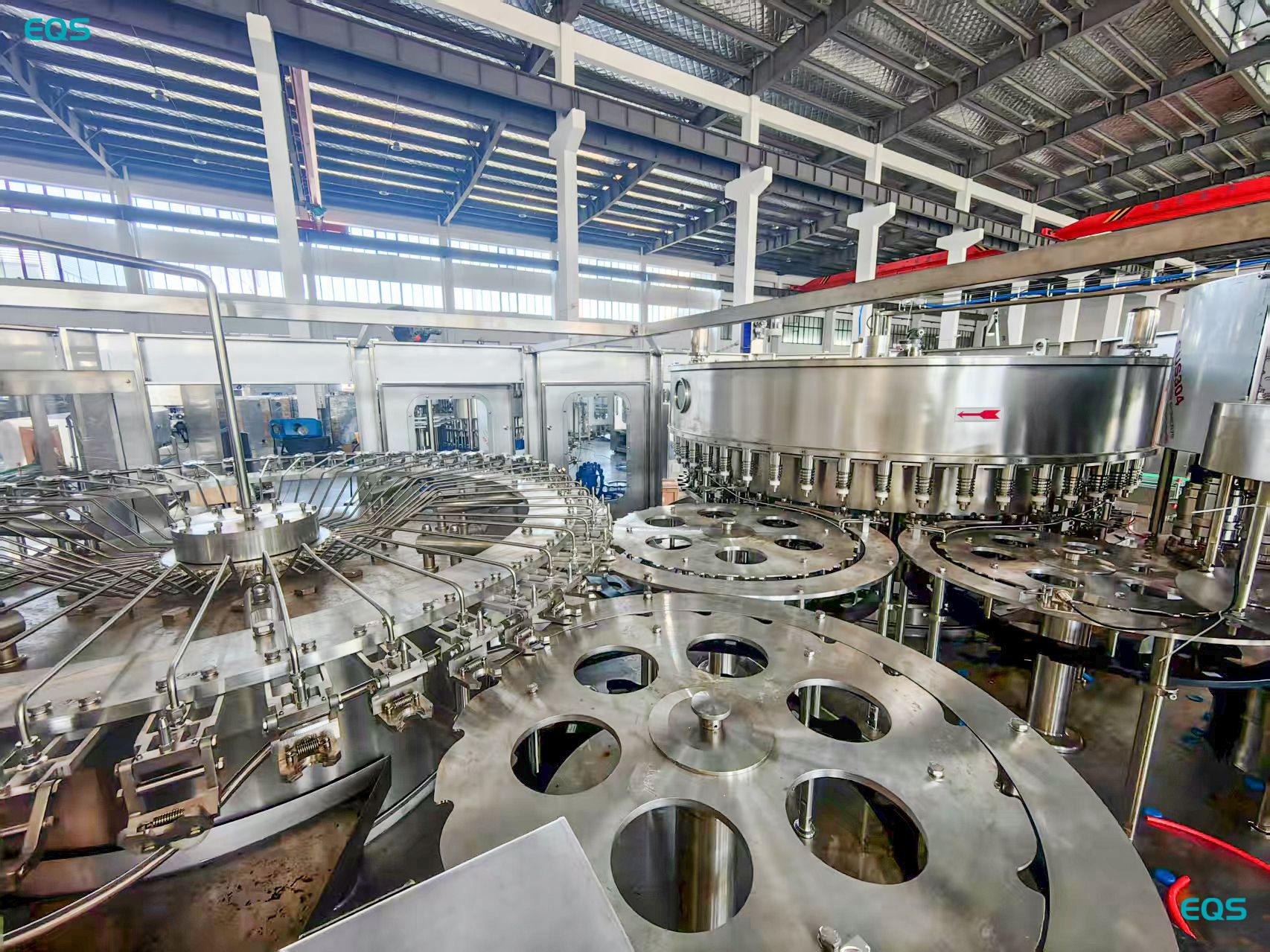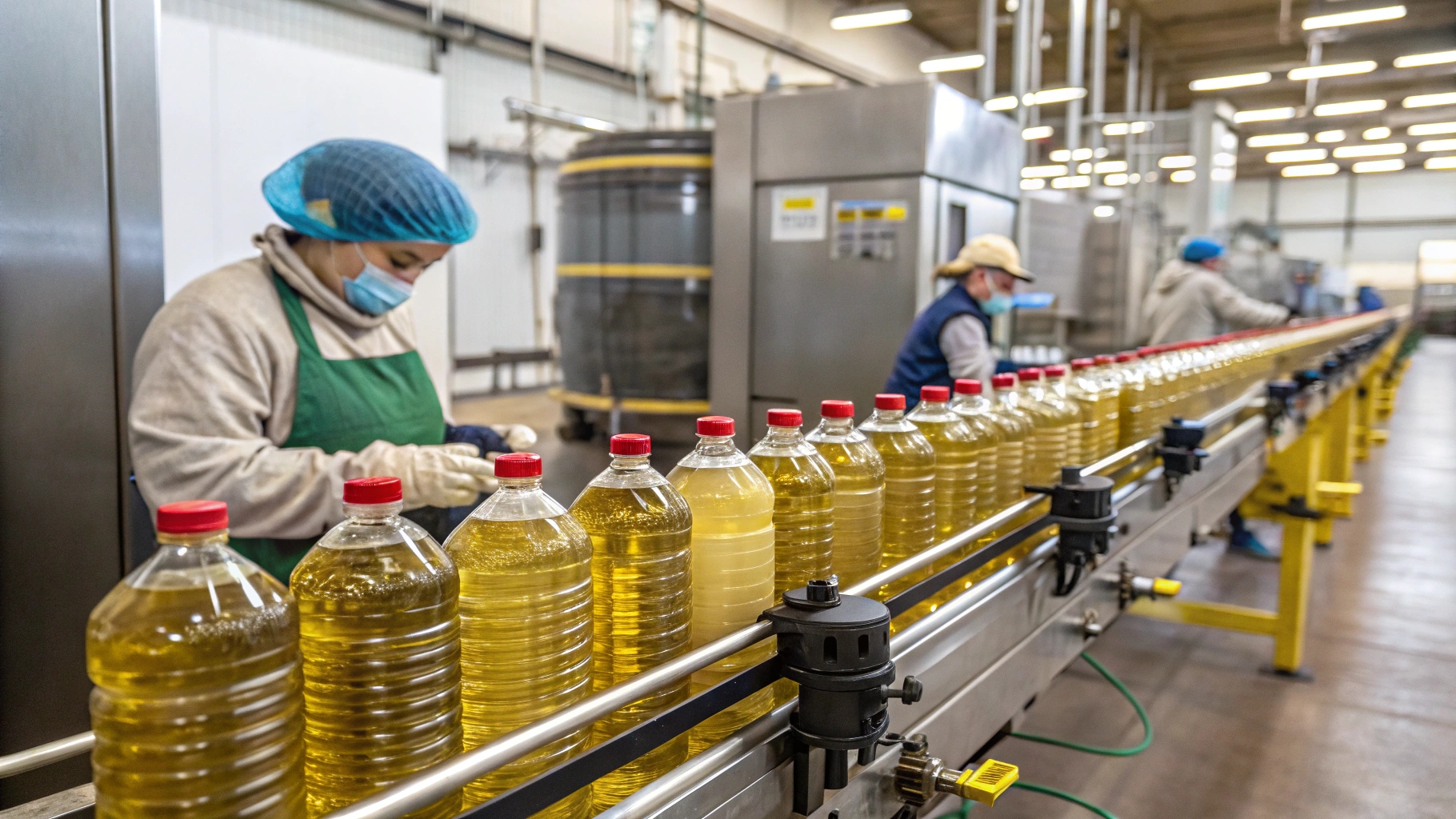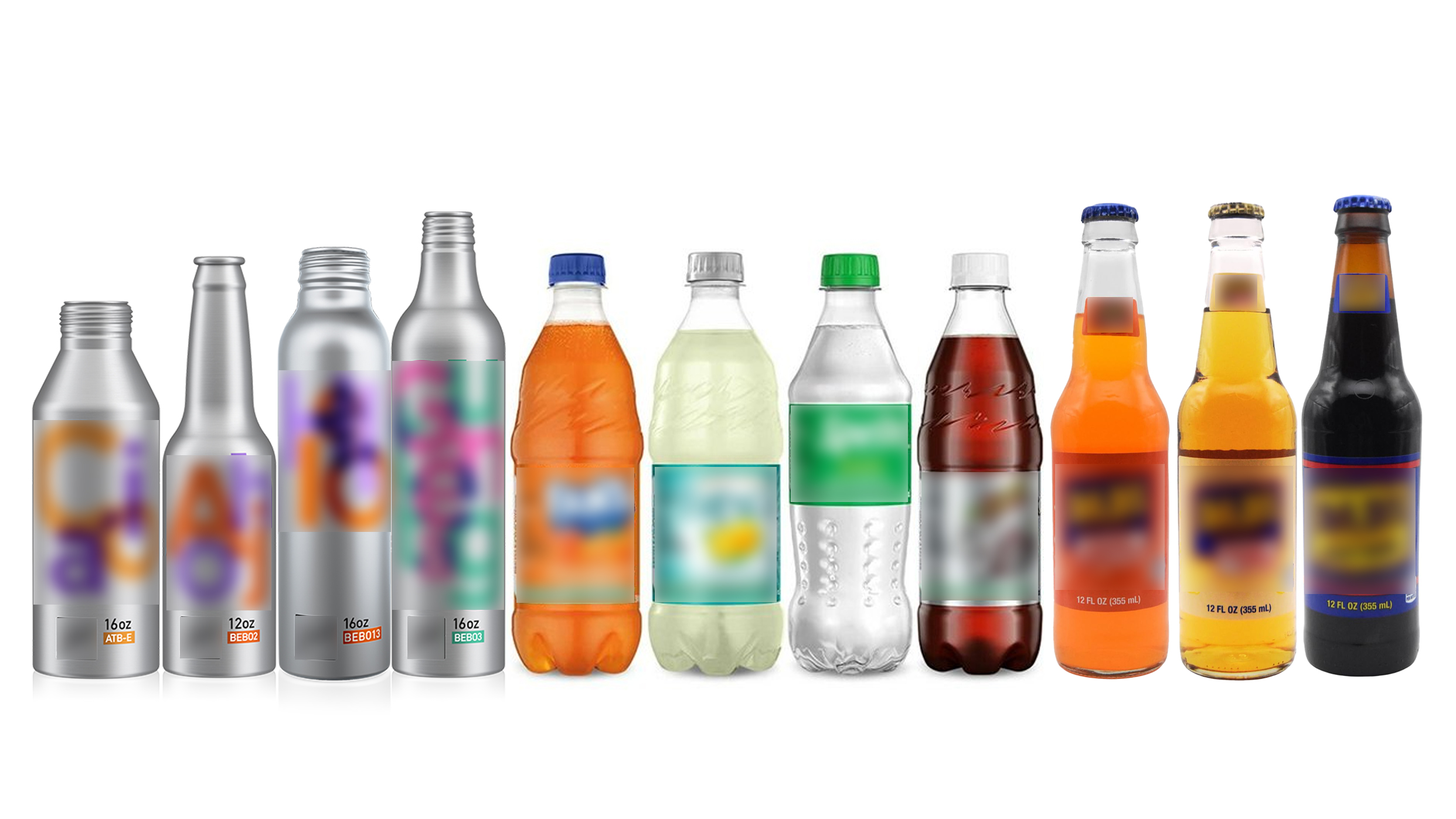What's the Production Process of UHT Milk?
leading paragraph:
Ever wondered how milk can sit on a shelf for months? It's all thanks to the UHT process!
snippet paragraph:
UHT (Ultra-High Temperature) milk production involves rapidly heating milk to above 135°C (275°F) for a few seconds to sterilize it, followed by rapid cooling. This eliminates microorganisms, allowing for long-term storage at room temperature in aseptic packaging .

Transition Paragraph:
Let's break down the steps of how UHT milk is made and why it's a game-changer for the dairy industry.
How is UHT Milk Made Step by Step?
leading paragraph:
What exactly happens to the milk during UHT processing?
snippet paragraph:
The UHT milk production process includes several key steps: preheating, ultra-high temperature treatment (heating to 135-150°C for a few seconds), homogenization, rapid cooling, and aseptic packaging. These steps ensure the milk is sterile and can be stored without refrigeration.
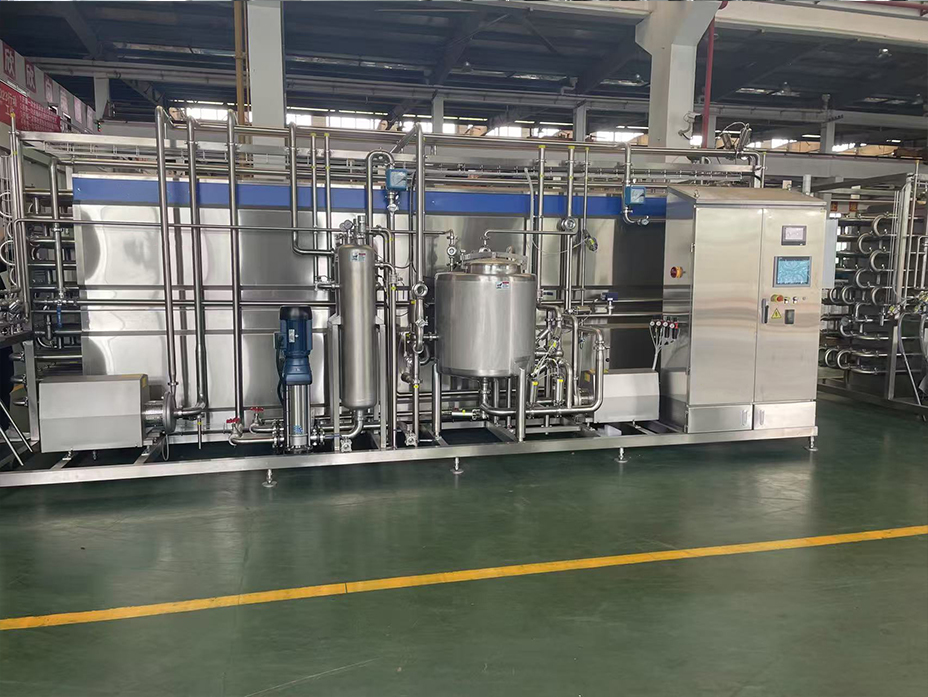
UHT Milk Production Steps
- Preheating: Milk is warmed to prepare it for UHT treatment.
- UHT Treatment: Rapid heating to 135-150°C for a few seconds.
- Homogenization: Fat globules are reduced in size.
- Rapid Cooling: Milk is quickly cooled to preserve quality.
- Aseptic Packaging: Milk is packaged in a sterile environment.
- Quality control: Ensures safety.
Dive deeper Paragraph:
The UHT milk production process is a carefully orchestrated series of steps designed to eliminate microorganisms and extend shelf life. First, the milk is preheated to prepare it for the ultra-high temperature treatment. Next, the milk is rapidly heated to a very high temperature, typically between 135°C and 150°C, for just a few seconds. This rapid heating effectively sterilizes the milk, killing any bacteria or spores that may be present. Following the UHT treatment, the milk undergoes homogenization, a process that reduces the size of fat globules, preventing them from separating and creating a more uniform texture. The milk is then rapidly cooled to preserve its quality and prevent any further changes. Finally, the milk is aseptically packaged in a sterile environment to ensure that it remains free from contamination and can be stored without refrigeration for an extended period.
What is the UHT Production Process?
leading paragraph:
Let's zoom in on the technical side of UHT processing.
snippet paragraph:
The UHT production process involves continuous flow sterilization, where milk is rapidly heated, held at a high temperature for a short time, and then quickly cooled. This is done in specialized equipment to maintain sterility and efficiency.

Key Aspects of UHT Production
- Continuous Flow: Milk is processed in a continuous stream.
- Sterilization: Eliminating all microorganisms.
- High Temperature: Using temperatures above 135°C.
- Short Time: Processing for only a few seconds.
- Rapid Cooling: Preserving milk quality.
- Equipment: Specialized machinery required.
Dive deeper Paragraph:
The UHT production process relies on continuous flow sterilization, which allows for efficient and consistent treatment of large volumes of milk. The milk is rapidly heated to a high temperature, typically above 135°C, and held at that temperature for just a few seconds. This short but intense heat treatment is sufficient to eliminate all microorganisms, including bacteria, spores, and viruses, effectively sterilizing the milk. Following the heat treatment, the milk is quickly cooled to prevent any further changes in flavor or quality. This entire process is carried out in specialized equipment designed to maintain sterility and ensure that the milk is not exposed to any contaminants. The UHT production process requires sophisticated machinery and precise control to achieve the desired level of sterilization while preserving the milk's nutritional value and taste.
How Has UHT Milk Been Processed?
leading paragraph:
Has the UHT process changed much over time?
snippet paragraph:
UHT milk processing has evolved over the years with advancements in technology. Modern UHT processes focus on minimizing heat exposure time to preserve flavor and nutritional content while ensuring complete sterilization.

Evolution of UHT Processing
- Early Methods: Longer heating times, more flavor changes.
- Modern Techniques: Shorter heating times, better flavor.
- Equipment Advances: More precise temperature control.
- Packaging improvements: Maintains long shelf life.
- Energy efficiency: Reducing processing costs.
- Nutrient retention: Improving milk quality.
Dive deeper Paragraph:
UHT milk processing has undergone significant advancements since its inception, with a focus on minimizing heat exposure time to preserve the milk's natural flavor and nutritional content. Early UHT methods often involved longer heating times, which could result in undesirable flavor changes and nutrient loss. However, modern UHT techniques utilize shorter heating times and more precise temperature control, allowing for better preservation of the milk's quality. Advances in equipment design have also played a crucial role, enabling more efficient and consistent heating and cooling processes. These improvements have led to UHT milk that tastes fresher and retains more of its original nutritional value while still offering the convenience of long-term storage without refrigeration.
Why is UHT Milk Not Popular in the US?
leading paragraph:
If UHT milk is so great, why isn't it everywhere in the US?
snippet paragraph:
UHT milk is less popular in the US due to a preference for fresh milk, differences in distribution systems, and perceived taste differences compared to pasteurized milk. Many Americans prefer the taste of refrigerated, traditionally pasteurized milk.
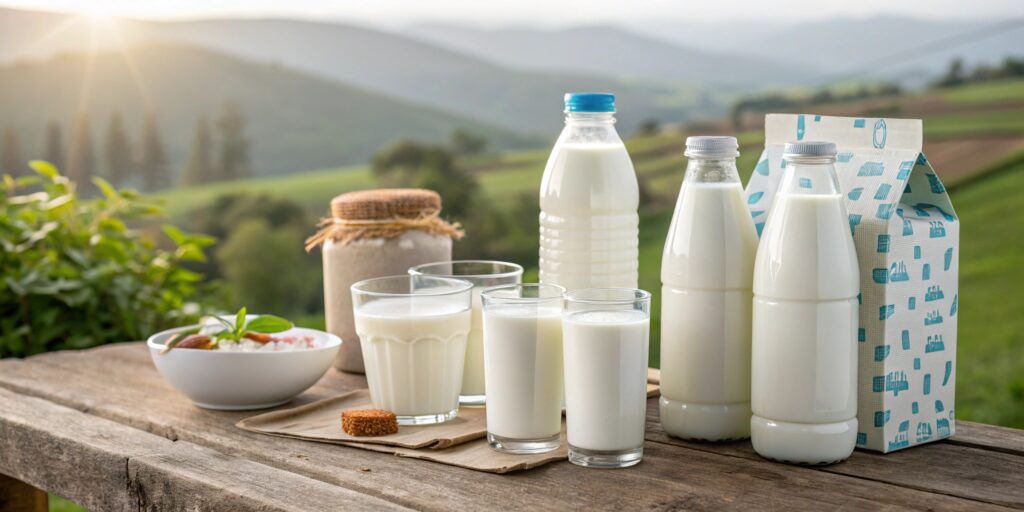
Factors Affecting UHT Popularity in the US
- Taste Preference: Preference for fresh, refrigerated milk.
- Distribution Systems: Well-established cold chain for fresh milk.
- Consumer Perception: UHT milk seen as less fresh.
- Marketing strategies: promoting fresh milk.
- Cultural Norms: Traditional milk consumption habits.
- Availability: Limited UHT options
Dive deeper Paragraph:
Several factors contribute to the lower popularity of UHT milk in the United States compared to other parts of the world. One of the primary reasons is the strong preference for fresh, refrigerated milk among American consumers. The well-established cold chain distribution system in the US ensures that fresh milk is readily available in most grocery stores, reducing the need for long-lasting UHT milk. Additionally, some consumers perceive UHT milk as having a slightly different taste compared to traditionally pasteurized milk, which may deter them from choosing it. Marketing strategies that emphasize the freshness and quality of refrigerated milk also contribute to the perception that UHT milk is a less desirable option.
Conclusion
UHT milk's journey from processing to packaging is quite the scientific feat! It's a testament to how technology can bring convenience to our daily lives.
My name is Allen, and I'm an expert in filling machine technology at EQS (eqsfilling.com), a leading liquid packaging solution provider based in China. If you're looking for top-quality machines for your production line, feel free to reach out to me at [email protected]. We specialize in providing customizable solutions with cutting-edge technology.


